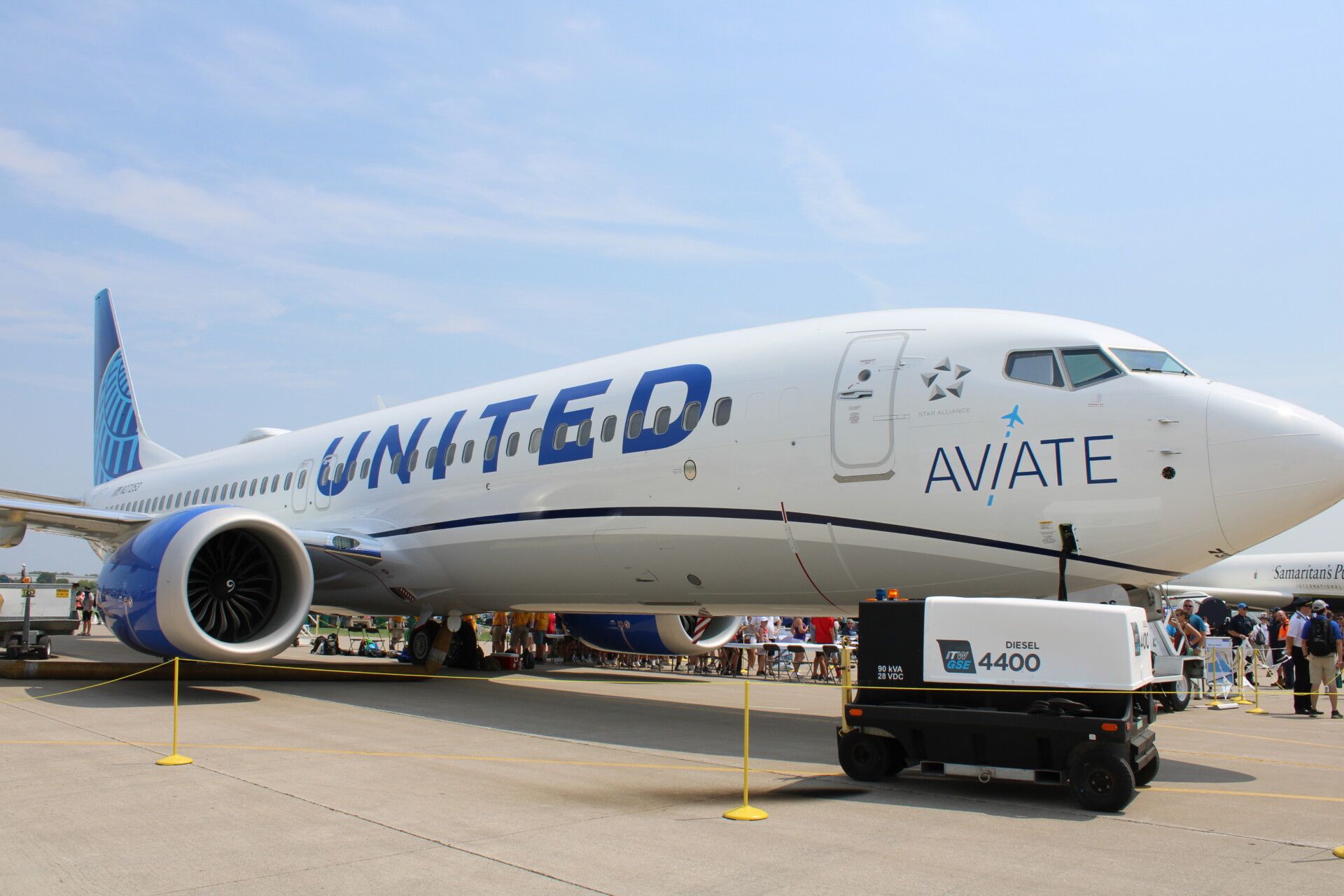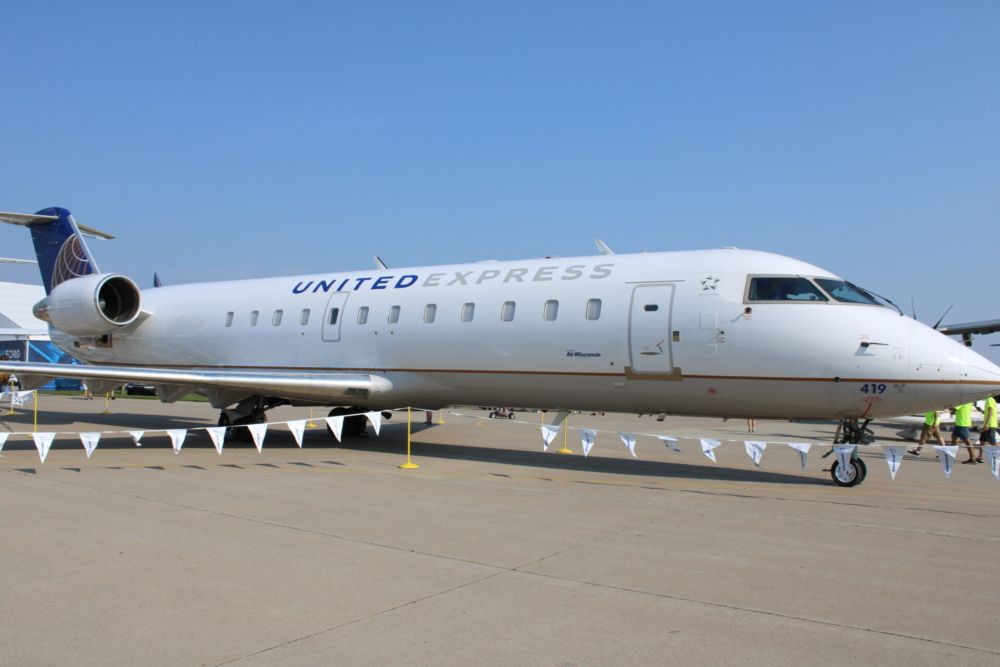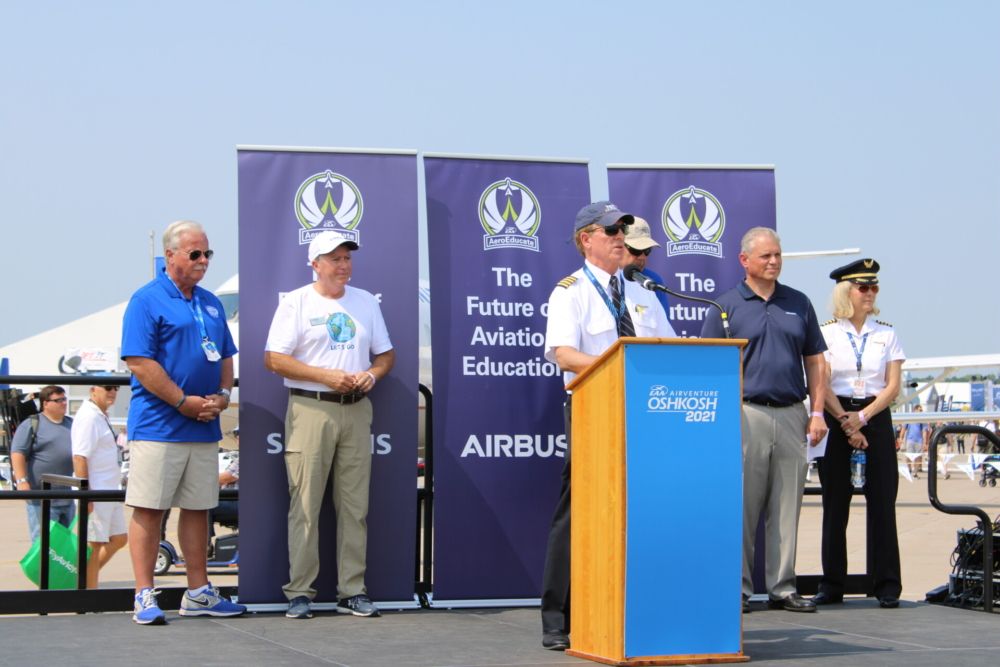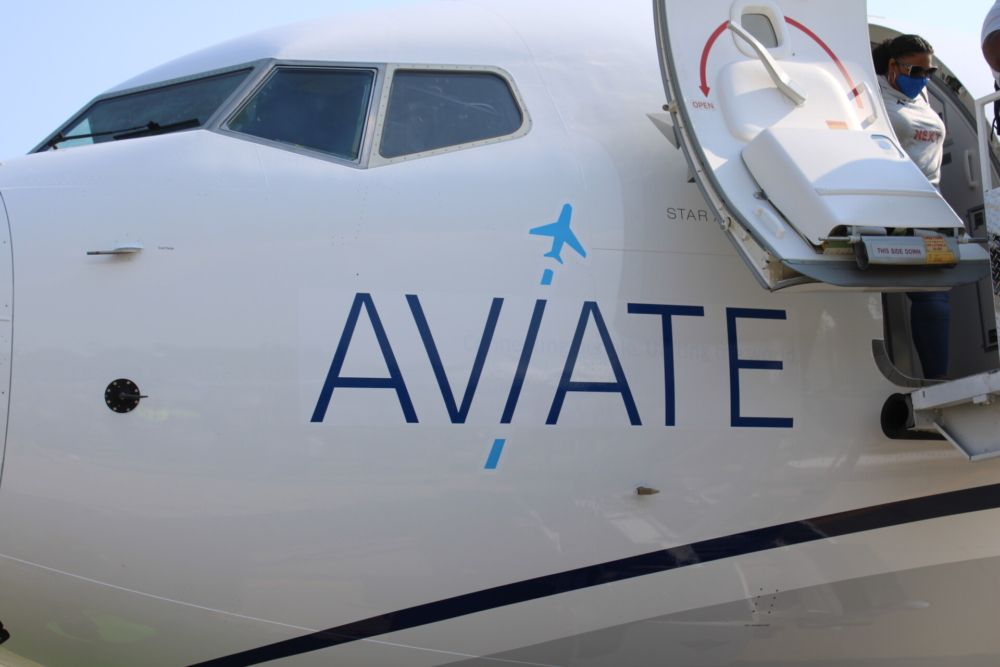United Airlines has an enormous need for pilots over the next ten years and beyond. Between retirements and fleet expansion, the airline has a mammoth task ahead of it to fill its pilot ranks and keep the airline flying smoothly. One of the ways United has been working to ensure it maintains a strong pipeline of pilots for the future is through its Aviate Program, which offers one of the most direct ways for aspiring pilots to enter the pipeline and get a job with the airline.
United's Aviate Academy
One of the critical parts of the Aviate program at United is the Aviate Academy. This pathway to United is based on training that helps aspiring pilots earn a Private Pilot License and then move further with aviation training.
The Aviate Academy comes at a cost, but United and Chase are partnering to provide $2.4 million in scholarships to help cover expenses for the program. There are also loan options, though United is focused on ensuring that financial background does not serve as a barrier to entry.
Once in the Aviate Academy, future pilots will focus on training to learn how to fly. In as little as two months, Aviate Academy students will earn a Private Pilot License. At that point, pilots will be able to enter the Aviate program, which will lead to further pilot training.
Once cleared for commercial operations, pilots under the Aviate program will first join a United Express carrier. Pilots will be flying for Air Wisconsin, CommutAir, GoJet Airlines, and Mesa Airlines for at least two years. These carriers fly regional aircraft, such as the CRJ200, CRJ550, CRJ700, ERJ145, E170, and E175.
At that point, eligible pilots will be able to transition to a pilot career with United Airlines. PIlots will start as a First Officer at the airline and work their way up through the United ecosystem to become a captain.
Stay informed: Sign up for our daily and weekly aviation news digests.
Ambitious goals
The Aviate Academy is part of United's ambitious goal to hire 10,000 pilots over the next decade. At least 50% of those are expected to come from the United Aviate Academy, which will help the airline open up more pathways for people to become a pilot.
Simple Flying spoke with Capt. Curt Brunjes as part of the Future Flying Forum, where Capt. Brunjes described some of the long-term goals for Aviate:
"So, aspirationallym we would like our hiring at United, which we've said is going to be at least 10,000 In the next 10 years, we are migrating towards making that predominantly through our Aviate pipeline because we really feel good about our ability to select talent early, develop it, and kind of Unitedize people early on and make sure that fit is good, and that people are, you know, poised for and prepared for success at United Airlines."
All of this means that United expects to grow the Aviate program to build up more pathways for people to become a pilot at United Airlines. To meet its staffing needs, United Airlines is focused on ensuring that there are fewer structural barriers to entering pilot training.
A focus on diversity
United Airlines made a big public stir when it announced it wanted to focus on having a diverse pilot pool at the Aviate Academy. There was plenty of criticism to go around, some of which claimed that United would be focusing on diversity over safety. Capt. Brunjes discussed United's diversity goals concerning its training and safety standards:
"People misunderstand sometimes the commitment. If the commitment was at the cockpit door, there would be some validity to the critique that they're giving us. So in other words, if we said through this cockpit door tomorrow, will walk 50% diversity, which is our commitment, that we've committed to 50% women and people of color. And if we tried to do that tomorrow, we would have to have varying standards, or it would lead us to varying standards. We're not doing that. That's not our commitment. Our commitment is 50% diversity, or more at our academy at the entry point into the industry. And we've succeeded wildly at that. You know, we well understated our capabilities by saying 50%, because as people can imagine, if you group women and people of color in the population, it's more like 70 or 75%. And that's exactly what we're achieving in our applicant pool. So if our applicant pool looks like the community, that's wonderful."
Essentially, United Airlines is fully committed to its diversity goals without compromising at all on its pilot training standards. Instead, what the airline is doing is looking to ensure that more people recognize and understand that the pilot pathway is something that could be for them.
If you want to fly for United Airlines
There are a lot of different pathways to fly for United. One of the more long-term, standard pipelines still exists for former United States Armed Forces pilots to fly for a commercial airline. However, for those coming from outside that system, one of the best ways to start is by looking at United's Aviate program. Details can be found here.




